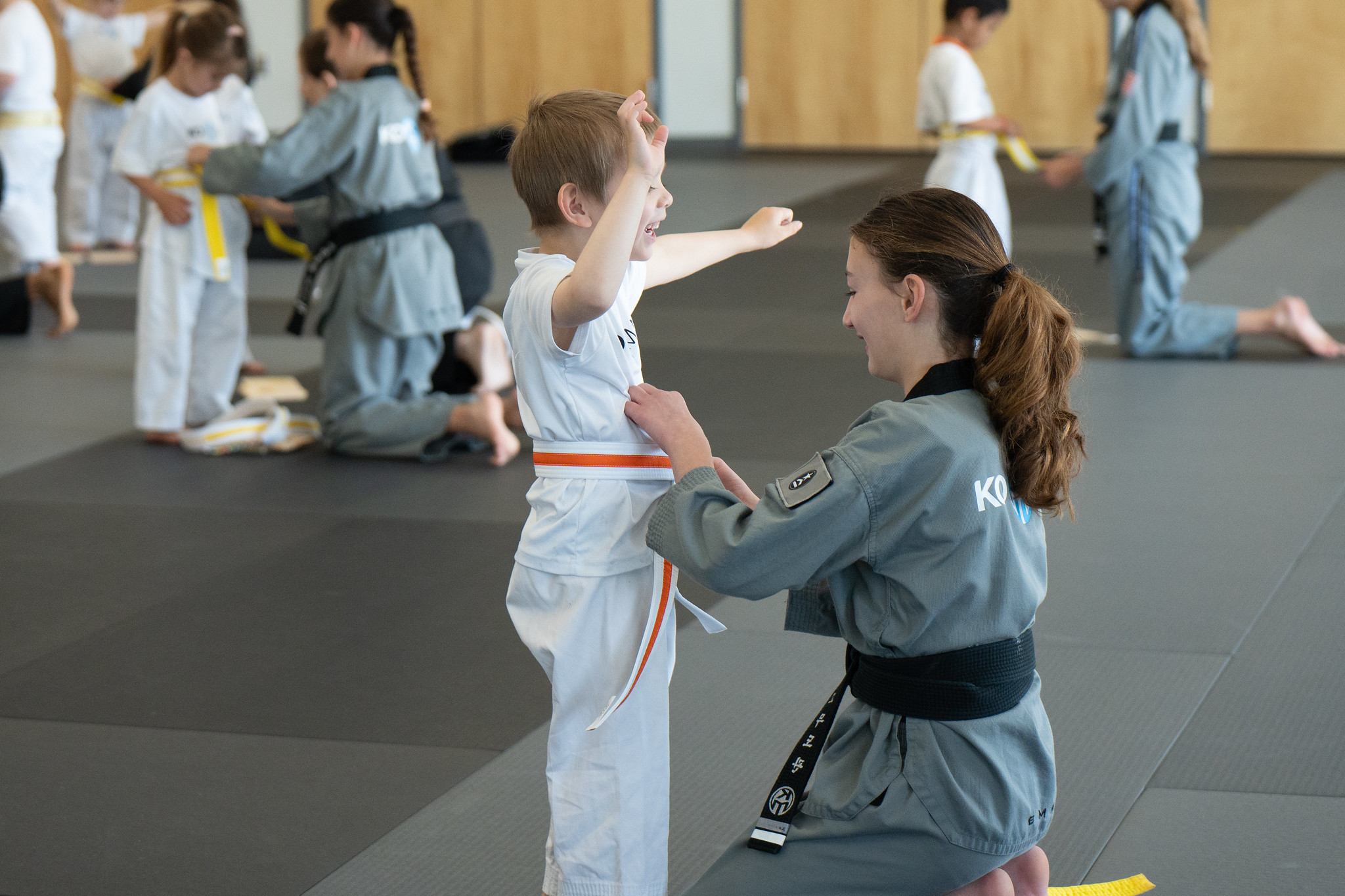Scroll social media for any length of time and you’re sure to come across this quote:
“You are the average of the five people you spend the most time with.” ~ Jim Rohn
And, if you’re like most adults, you’ve considered the extent of truth within it. Surround yourself with negative people, and you become one. Surround yourself with positive people and you’re more likely to view life in a positive way. Advice surrounding Mr. Rohn’s quote includes choosing those five people to be a closer match to the person you aspire to be. It’s a form of psychological peer pressure that can actually elevate your potential and encourage your growth. How? Humans are social creatures and are generally programmed to conform with the tribe’s rules. If your tribe is committed to community service and the betterment of the human condition, you will do the same. If your tribe tends to be non-conformists and rebellious, you, too, will be non-conforming and rebellious.
The same holds true for your children.
The positive side of all the recent school time spent at home has made guiding our children much easier. They don’t have the same classroom social situations, no lunchrooms or hallways to navigate, no bus rides to endure, which makes it a lot easier to steer where and with whom they spend their time. On the surface, this all seems like a good thing, and for the most part it is.
The downside is more time is being spent on social media than ever before by kids and adults. The same positive or negative influence can happen from social media. Here are a few things to consider:
- How long do you, or they, scroll?
- Who do you, or your children, follow?
- Who do you, or your kids, interact with or message?
- What’s the general tone of the social media feed: positive or negative?

One of the biggest difficulties with social media is perception versus reality. The gap between the two can be huge and yet difficult for a lot of people, not just kids, to figure out and understand. These misperceptions can cause anxiety, depression, anger, or even aggression because they foster a standard that can be unattainable. Social influence is not just limited to the media, though.
Peer interaction is needed as kids grow and mature. Within groups, they learn self-control, self-confidence, decision making, and judgement. Peer pressure within these groups can be positive or negative and largely depends on the mix of kids in the group. Negative peer pressure can be especially challenging for teens. This is the age when they begin to really develop their sense of self and begin to assert autonomy from parental guidance all while undergoing significant changes in their body. They can be moody and make rash decisions. So, giving kids the opportunity to make positive supportive connections is key to aiding their development into healthy, happy young adults.
Serviced-based groups, religion-based youth groups, and organized sports have been an option for many families but may not be for all families or all children. Some kids just prefer more individual activities. Martial arts offers a positive, structured outlet where children can mature into confident, positive versions of themselves.
The positive benefits of martial arts are both physical and mental. Within classes, students learn mental discipline, determination, and focus - all skills that will help them avoid negative peer pressure. They gain self-confidence by setting goals and working to achieve those goals. Kids learn to deal with disappointment in a constructive way as they work toward the next belt level. And the leadership skills modeled by instructors and other students give a positive example for everyone to model.
Students learn how to control their body and all the amazing things it can do. They gain strength and endurance while increasing their overall physical health. Regular physical activity is a great way to balance the recent increase in screen time most families have experienced. Movement in class can include running, punching, kicking, and jumping. Exercise is also a great way to relieve stress. Martial arts classes provide a structured environment to release some of the emotions and tensions kids can have. This can be especially helpful for teens as they learn to control their rapidly changing bodies. It can help them develop a healthy body image which further lowers the pressure they may feel from peers and social media.
A strong, confident kid becomes less of a target for bullying. They also have the resources to stand up against bullying for others.
Keeping our kids safe, happy, and growing in a positive way can be challenging but by increasing their opportunities to engage in healthy behaviors, we increase their chances of success. You can help your child have a better social media experience by teaching them to follow hashtags instead of people. Hashtag categories will give them a better perspective on the chosen topics instead of the narrow view from one or two people. It also teaches them to focus more on the message and helps them take things more in context. Encouraging your child to explore martial arts is another way to foster their healthy growth toward adulthood by giving them a peer group with qualities that will benefit us all
Ko Martial Arts has a variety of programs geared towards children, teens, and adults. We offer supportive, structured classes and a curriculum that encourages students to learn, grow, and become their best selves. You can schedule a complimentary intro lesson for your child HERE





